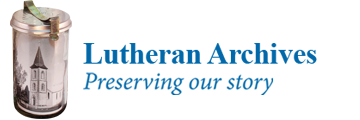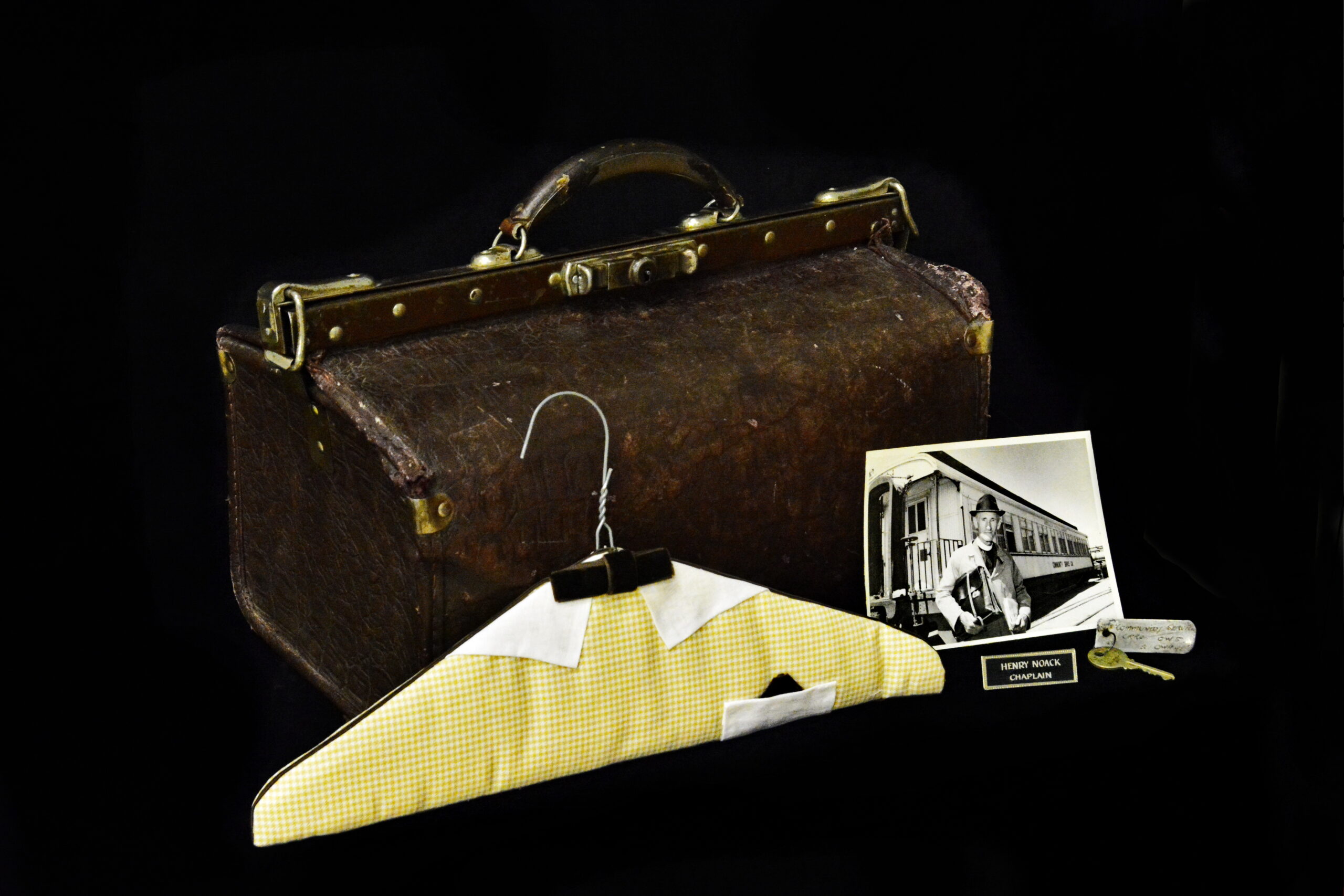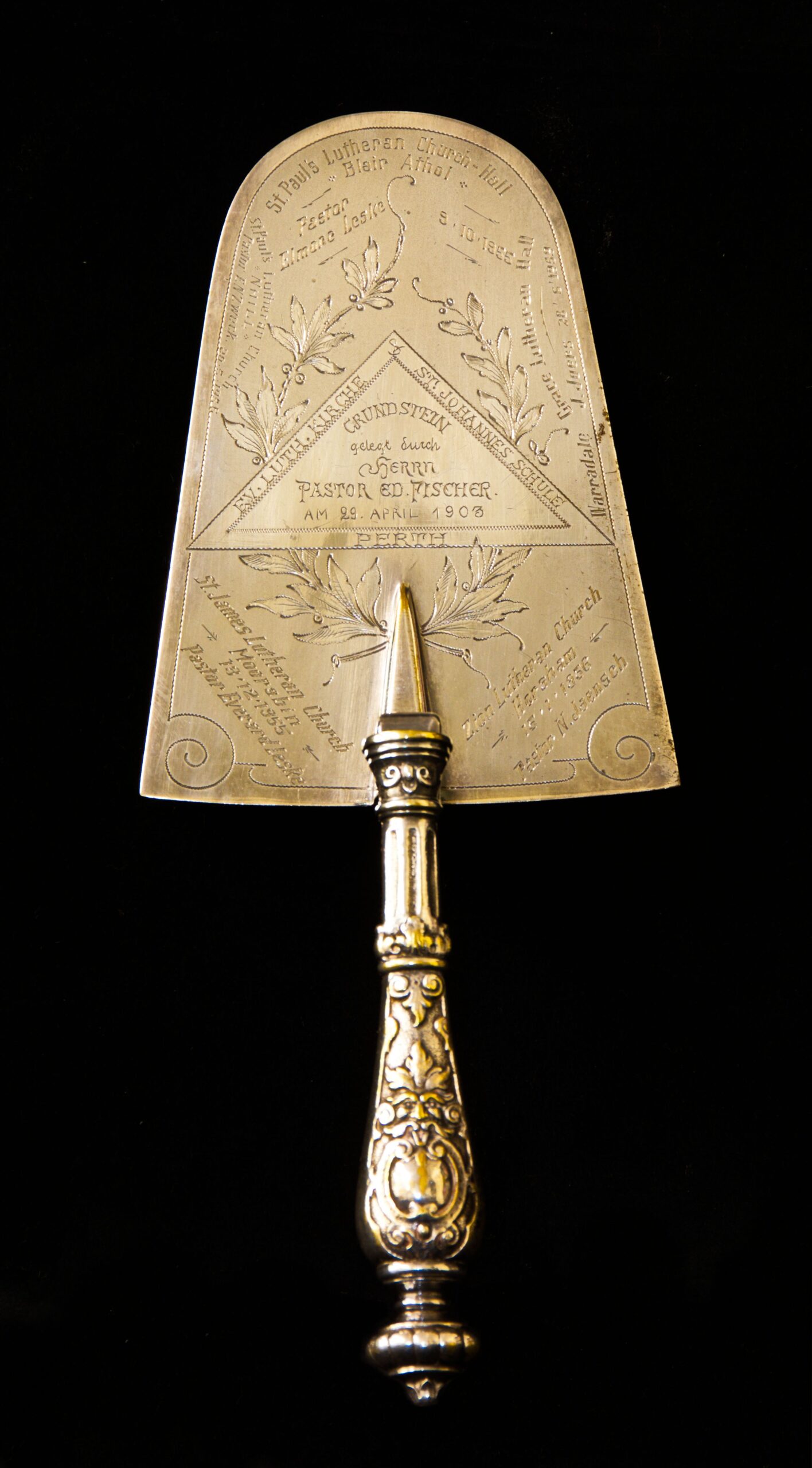Artefacts
Lutheran Archives holds a representative sampling of artefacts that tell the story of the ministries, faith, and the people of the LCANZ. Items can be intrinsically beautiful objects or works of art, or sometimes an item is worn or damaged through use.
Artefacts are a powerful tool for tangibly illustrating a component of the church story across decades and locations. What enables an artefact to tell a story is its provenance – not just what the item is, but where it has come from, who has owned it, how it has been used in the life of the church, and finally how it came to be deposited at an archive.


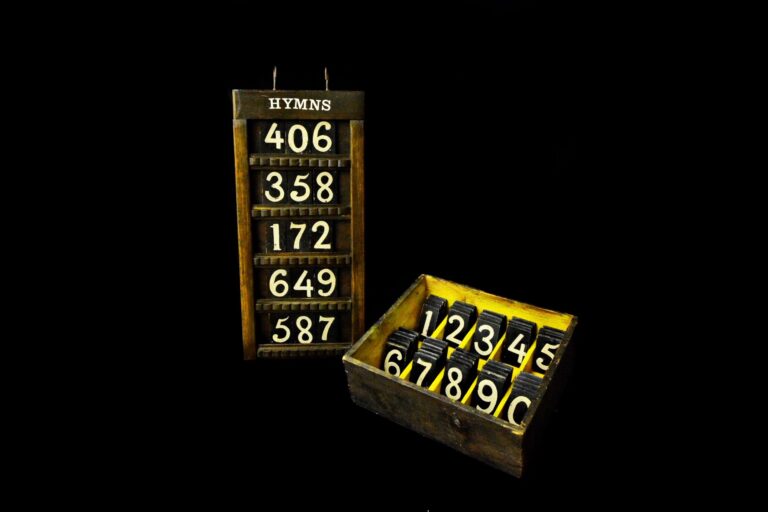
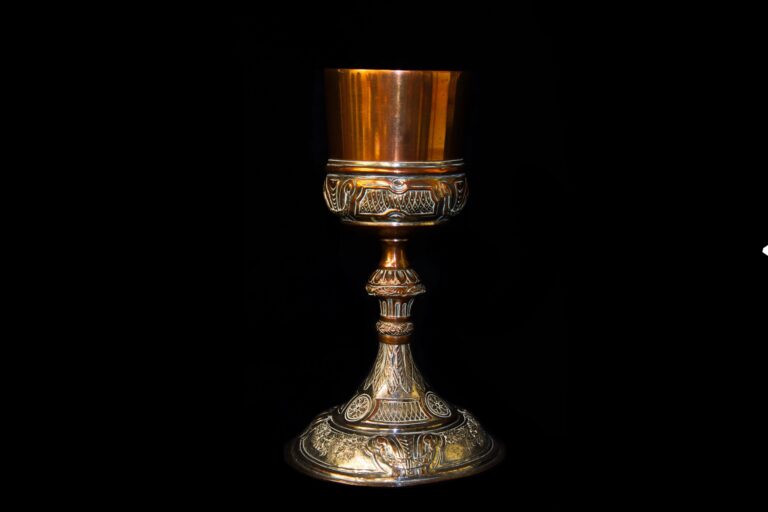
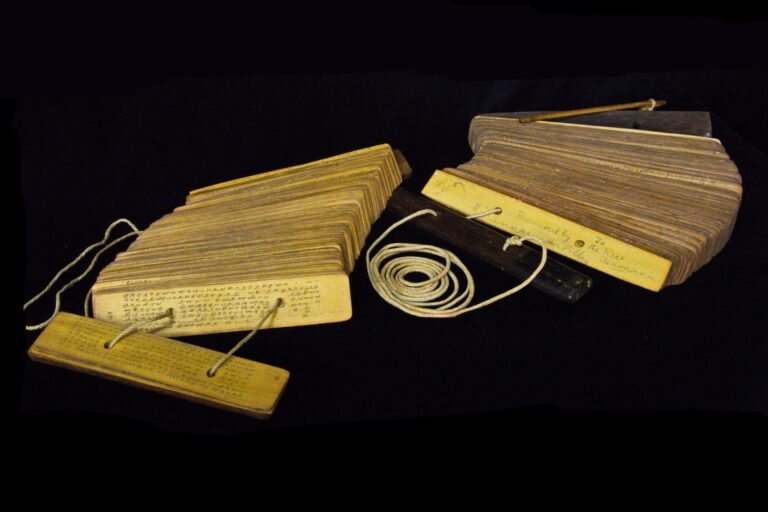
Our Artefacts
Altarware, paraments and church furniture
Includes communion chalices, travelling and home communion sets, crucifixes, reredos, foundation stones, hymn boards, paraments, altar cloths. One can often trace an item passed from one congregation to another in need – a Baptismal jug and bowl inscribed with ‘Peterborough Lutheran Church’ and then given to Yalata Lutheran Church.
Please note that we have space constraints and cannot accept additional large items.
Baptisms, confirmations, marriages
Examples include baptism cards and mementoes from sponsors, a boxed medallion presented by Pastor Kavel in 1852 to CG Boehm, baptism gowns, baptismal jugs and bowls, confirmation veils, wedding wreaths, anniversary plaques and silver or gold anniversary wedding crowns.
Church departments, ministries and synods
This can include department signs and logos, promotional items, deaconess uniforms, synod banners, delegate name badges and items used in conducting department ministries. One example is the glass plate slide projector owned and used by Dr FO Theile, mission chairman for Hope Vale and New Guinea Mission. This accompanies the glass plate slides, with associated captions, accessible in the photographic collection.
Congregations
Comprising items either used or produced by the congregation. Examples are trowels used for laying foundation stones, time capsules, seals, framed paintings or models of church buildings, commemorative items produced by the congregation for anniversaries, or items presented by the congregation or auxiliaries to office holders. One example is an inscribed choir baton presented to the conductor EWC Schilling, ‘South Brisbane Christmas 1913’.
Migration and family history
This can include commemorative items such as teaspoons produced for family reunions and anniversaries; or items brought or used by founding families in their migration and settlement. Examples are the rolling pin used by Pastor Kavel’s mother in Hahndorf, and a piece of a Red Gum tree that became the home of the Herbig family who lived in its hollowed base in Friedensberg (Springton) SA.
Mission
Comprising items either from the mission stations or depicting aspects of mission work. Examples include a painting of the Hermannsburg church, mud bricks from Bethesda, the lamp from the New Guinea mission ship ‘The Umboi’, and a boomerang painted by Albert Namatjira depicting the pipeline from Kuprilya Springs that provided running water to Hermannsburg Mission.
Luther and Lutherans
This encompasses items that commemorate the Reformation, Luther or other events connected to the establishment of Lutheranism. Holdings include an extensive collection of coins and medallions collected by Pastor Clem Schmidt.
Education, Theological & Teacher training and SUNDAY SCHOOL
Including teacher and theological training, Sunday school and schools.
Examples include academic gowns, Sunday School picture rolls, framed certificates or portraits of graduation, school uniforms, commemorative anniversary items.
Youth, Men’s and Women’s Guilds
Includes blazers and uniforms worn by guild members, trophies or awards for events (eg stamp collecting, sporting or literary competitions), and pennants and banners for conventions and rallies.
